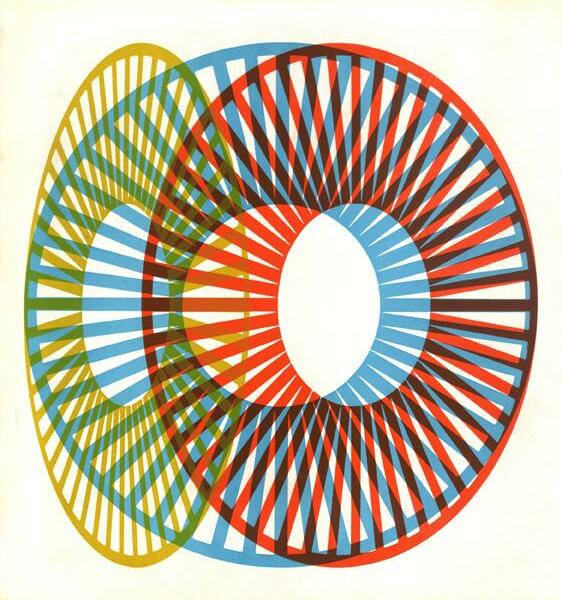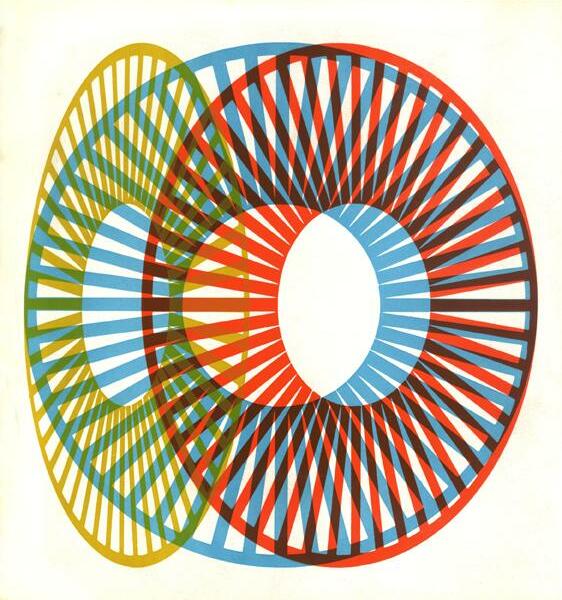The Di Tella Case. 1958-1969
Document-Art Gallery, Buenos Aires
The necessary exhibition Documentación en galería: El caso Di Tella. 1958-1969 (Documentation in gallery: The Di Tella Case. 1958-1969), curated by the gallery directors Claudio Golonbek and Ricardo Ocampo, is an invitation to delve into the research work carried out by the Center for the Visual Arts (CAV) of the Di Tella Institute.

Synonymous with the avant-garde, the Di Tella Institute was created in 1958 by the heirs of an industrial group. It also included other centers devoted to theatrical, musical, audiovisual, literary and industrial research. In the 1960s, new and vigorous ways of making art in Argentina radiated out from the CAV, and their echoes still resonate in present-day artistic productions. The auspices of different US foundations (at the height of the Cold War) were important for the activities “of the Di Tella” which, also thanks to its prestige, generated frequent visits to Buenos Aires from renowned international figures. To participate in the awards and exhibitions of this now iconic institution represented an artist’s passport to recognition.
The documentation displayed (with no commercial purposes) at Document-Art Gallery – which includes catalogues, books, press folders, exhibition space material, photographs, posters, slides, institutional memoirs – indicate that activities related to the visual arts began in 1960, when Jorge Romero Brest (1905-1089), opinion former and trend-setter for several generations of art enthusiasts and researchers, founded the CAV. Despite the fact that its venue at 936 Florida Street opened in 1963, it has always been stated that it was created at that time, which is even the date mentioned on the website of the Universidad Di Tella; the institution closed its doors for good in 1969. This said, the exhibition displays nine years of documents that reveal the encompassing range of the CAV’s exhibitions – from Pre-Columbian art, Picasso, happenings and actions by the still relevant Marta Minujín and Margarita Paksa, to the revulsive work of León Ferrari and the magnificent painting of Roberto Aizenberg. The catalogues record 72 exhibitions, but according to other documentation (posters, brochures) featured in this show, they amount to over one hundred.
-
 Contests (From December 9 through December 24, 1964) Afiche Primero y Segundo Concurso de Diseño industrial [Del 9 al 24 diciembre, 1964].
Contests (From December 9 through December 24, 1964) Afiche Primero y Segundo Concurso de Diseño industrial [Del 9 al 24 diciembre, 1964].




